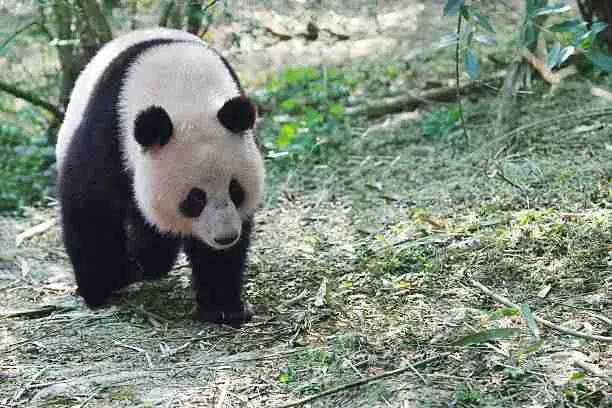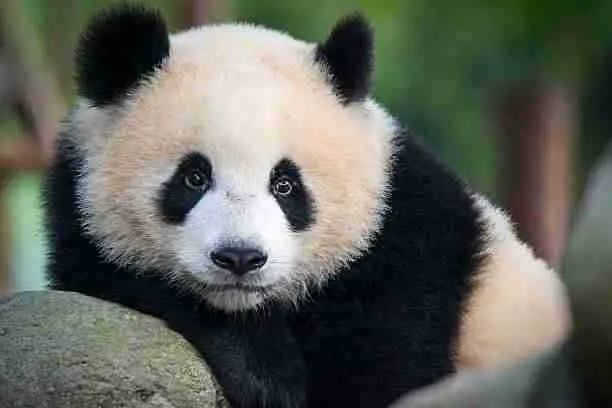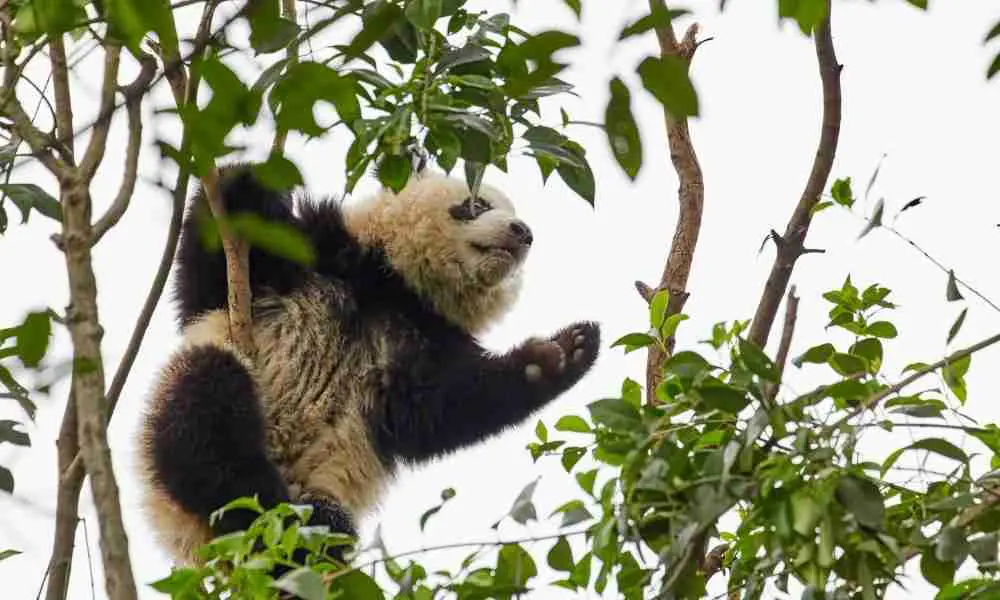Considering the way they eat and sleep, the giant pandas look like lazy creatures. But do not be surprised that these pandas add value to their environment in many ways.
So what roles do pandas play in the ecosystem?
Giant pandas play a great role in their different habitats. Plant matter and seeds gather in their fur as they move, which are then deposited on the ground.
In fact, the pandas spread seeds as they swim and climb trees, which causes an increase in vegetation.
Now, we believe you have a little idea of how the pandas contribute to the ecosystem. But how exactly do they do it and how does it benefit us as humans?
Read further as we explain each role one after the other!
- Pandas Contribute To Man’s Means Of Livelihood

While moving around in their different habitats, seeds and plant matter collect in the giant pandas’ fur.
These plant matter and the pandas’ feces spread across their habitats, helping vegetation to grow. As a result, local communities use these plants for food, medicines, and fuel for cooking.
In addition, the local dwellers sell the trees and plants to earn money for survival. Note that the pandas’ mountains make up the watersheds for the Yangtze and the Yellow rivers.
Not only do these places house millions of people, but they also contribute to the country’s economy.
- Pandas Contribute To Other Animals’ Survival
Apart from contributing to man’s livelihood, the pandas provide a living environment for some animal species.
Endangered animals such as crested Ibis, and the golden snub monkey share the same forests with the pandas.
Without the giant pandas, these endangered animals may go extinct quickly because they won’t have habitats.
In other words, these endangered animals’ survival is only possible because of the giant pandas.
- Pandas Are A Great Source Of Tourist Attraction
From the way they walk, climb trees, sleep, and eat bamboo, giant pandas are fun to watch. It’s no wonder tourists from all over the world visit the panda zoos to see these cute creatures.
Although all the pandas in the world belong to the China government, they loan out some of them to other countries.
There are giant pandas in some zoos in the United States, Germany, Canada, Japan, Malaysia, and the United Kingdom.
When tourist attraction increases, a country’s economy improves. It also ensures the pandas receive proper care and attention.
Read Also – What Zoos Have Giant Pandas?
- Pandas Are Cultural Symbols In China

When the word “panda” comes to mind, China also comes to mind. Pandas are known as “Chinese national treasure” and have always been the symbol of Chinese culture.
Interestingly, the Chinese regard the pandas as a symbol of friendship and peace.
There was a time when the Chinese believed the pandas had magical powers. No doubt, the people of China adore the panda.
As we’ve mentioned earlier, all the pandas in the world are properties of the Chinese government. They lease the animals for up to one million dollars per year to different countries.
Read Also – Why Do Giant Pandas Have To Be Returned To China?
- Pandas Help To Balance The Ecosystem
Same as the other animals, the giant pandas have predators. When their numbers increase in the wild, the panda bears’ predators will continue to survive.
But the giant pandas in captivity are safe from predators like snow leopards, jackals, yellow-throated martens, and man.
Moreover, the pandas add benefits to the bamboo by feeding on the plant. If they go into extinction, the bamboo plant will not grow well, hence affecting the growth of other plants. Big
Final Thoughts
Now, we’ve come to the concluding part of this article. But before you leave, keep some key points in mind.
Pandas play different important roles in the ecosystem, which benefits other animals and man.
We mentioned that the pandas contribute to man’s means of livelihood. They contribute to some endangered animals’ survival. Pandas are a great source of tourist attraction.
Furthermore, we said the giant pandas are cultural symbols in China.
Finally, pandas help to balance the ecosystem by consistently feeding on bamboo.

